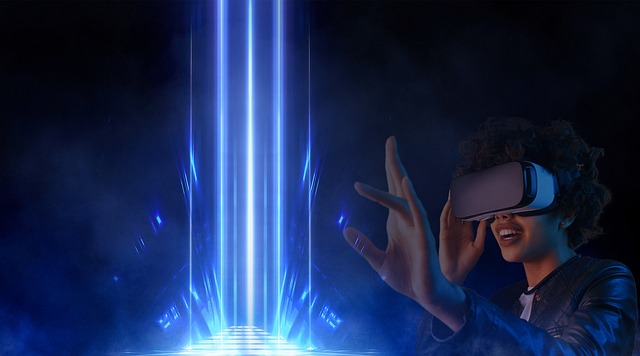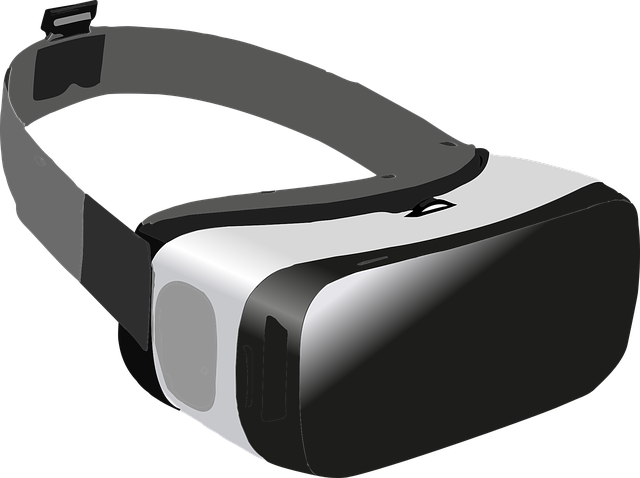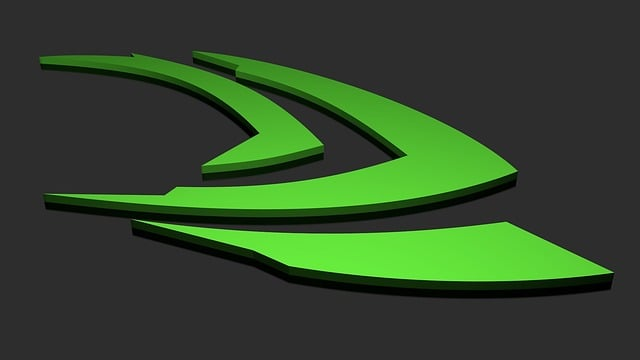As technology surpassed new milestones of development and humanity stepped into the metaverse era of virtual reality, new digital worlds appeared. User demand towards such technologies has grown exponentially over the past years.
Besides the Metaverses, technology has also brought such phenomenons as Multiverse and Omniverse realities. And so did misconception arise in the difference between these emerging orders and how these concepts are interconnected.
Understanding the essence of these three concepts on the contrast of each other allows one, interested in the intersection of technology and virtual worlds, to comprehend the colossal scope of emerging realities.
The Genesis of Virtual Realities
The term Metaverse was first mentioned by Neal Stephenson in a science fiction novel “Snow Crash” back in 1992. The novel depicted it as a virtual reality where people could escape the physical world yet perform all the same actions the real world could offer.
However the idea of virtual reality has existed for thousands of years as mankind attempted to consider it within multiple fields, such as physics, religion, cosmology and many others.

But as technology developed the concept of a Metaverse, was no longer the only form of a virtual world mankind could imagine. The digital space expanded incredibly and the definition of different universes became crucial.
Defining the Terms
So how do you define a Metaverse, Multiverse and Omniverse? Let’s look deeper into these terms to understand the key features these universes carry and why they matter today.
What is the Metaverse?

A Metaverse is a vast concept that represents a digital space or a so called digital reality which consists of multiple features like AR, VR, AI, blockchain and other technologies.
Their combination includes all aspects of our online activity such as interacting with other users, purchasing property, working, playing games and much more. To understand this concept better, lets look into the key features.
Key features:
- Virtual reality. Metaverse requires some sort of entrance into the digital world to interact with its objects. Various supporting devices such as VR glasses help users experience the virtual reality of the Metaverse.
- Digital assets. In order to fully participate in the Metaverse and the economical ecosystem of this technology users need digital assets. Cryptocurrencies and Non-fungible tokens provide the ability to purchase virtual property or trade rights of ownership of these objects.
- Augmented reality. Another reason why the Metaverse is highly valued is that it supports the AI technology that allows users to explore and discover virtual objects by simply using the camera of their mobile device, i.e. viewing virtual objects placed in the physical world.
- Cybersecurity. Another, but not the least feature of the Metaverse is cybersecurity which is maintained with the help of Artificial intelligence and blockchain technology. AI constantly monitors the virtual space in order to prevent suspicious activity while the blockchain provides security of users assets and other virtual property.
What is the Multiverse?

Multiverse speaks for itself as the name suggests presence of many in one universe. In the physical world it describes an infinite number of fictional universes co-existing together in the real universe.
Yet on the technological side of things, Multiverse refers to different platforms and services. In this regard, gaming platforms are one universe. And social media services is another.
We can interact with our friends in multiple universes with the help of a digital user identity, but the universes will remain somewhat siloed platforms, because each has its own set of rules and laws.
Key features:
- Privacy. While roaming in the Multiverse of services and platforms you can apply various settings which allow you to alter your user identity. In many online social games users prefer this to not appear as they are in real life. Additionally privacy may be acquired to segregate personal and professional life.
- Security. In a bad case scenario where your personal information or user profile gets leaked on one platform, it will not an another. Thanks to these universes being separate, you can ensure your security and enhance your protection by selecting what and where you wish to share.
What is the Omniverse?

An Omniverse combines everything in the physical and virtual worlds and realities, anything in actual or digital existence. It includes all Metaverses and Multiverses.
Any independent or interconnected systems, platforms, networks or realms within the known or unknown space represent the Omniverse.
In other words, the Omniverse is a single universe of its kind that does not have co-existing parallel universes alike.
Origins and Development
Origin of the Metaverse
Origin of the Mataverse and its concept comes from a novel written in 1992, but the modern look was shaped years later.
Metaverse as we know it today historically set off on its technological journey when Oculus released their first headset back in 2012. From then on the industry far beyond the gaming niche displayed extreme interest towards the Metaverse.

And so the Metaverse competition began. Among many such giants like Google Metaverse and Facebook Metaverse flipped the understanding of Metaverse as a space for immersive gaming only. These so called Metaverse builders reached far into the mechanics of physical worlds to bring the same opportunities into the virtual world.
The emergence of modern digitally embodied Metaverses pawed way to further development of such technologies like augmented reality. As well as expanded the possibilities of use of other technologies.
Origin of the Multiverse
Multiverse era and the digital reality of perceiving services and platforms as separate universes go back as far as the Internet does.

Once the digital space became a reality, users began to exchange information and messages across multiple universes – a variety of social media services.
With the rise of gaming platforms and the industry in general a wider understanding of the concept of Multiverse has been adopted.
As technologically humanity resumes its developments it seems that the Multiverse concept will continue to grow and in years will become greater that the just the physical or digital reality of universes we perceive today.
Origin of the Omniverse
Omniverse has existed and been known to humanity from the day it was consciously acknowledged.
As an ever expanding concept including all other Metaverses and Multiverses, the Omniverse holds unlimited potential as the biggest and most convenient method for data and information exchange, as well as building communications and more.
Comparing and Contrasting

But what horizons can we observe by putting them together? Yet similarities may promise perspectives in the future, core differences reflect the reality of unfinished work.
Let’s have a closer look at what the Metaverse vs Multiverse vs Omniverse comparison truly unfolds within the scope of opportunity.
Metaverse vs Multiverse
A definition of a real Metaverse is determined by the communication of all users within the ecosystem and their ability to move through these functional universes seamlessly.
The decentralized infrastructure of existing universes today depict the fragmental state of the Metaverse which has yet not come.
Until unity is not achieved, todays virtual realities created and so called Metaverses are rather universes within a single Multiverse.
Metaverse vs Omniverse
The essential goal for any Metaverse built or under development is the universal interoperability with other systems, platforms and services.
Though Metaverse builders have brought many exiting tools like VR, AR and contributed significantly to the development of 3D graphics, interoperability has not been reached.
This puts the term of the Omniverse in the making as currently it serves as a backbone for innovation but does not represent a full scale operational universe.
Omniverse vs Multiverse
While both concepts describe and carry a core idea of multiple realities within themselves, many differences are present.
Multiverse refers to theoretical and practical simultaneous existence of multiple realities through physics and cosmology. While the Omniverse represents unlimited dimensions in form, type and structure, unlike the much narrow Multiverse phenomenon.
Yet one includes the other, a true Omniverse in its nature may take place only when Multiverse comes to its logical culmination of development and formation.
Practical Applications

As much as theory can be fascinating and exiting, practical implementations of these concepts captivate the most.
And by far, many companies have succeeded in creating their own corner of a virtual world. Though some execution may seem more elegant than other, all deserve their portion of credit.
Here are a few worlds that have not yet reached their state of final existence, but already made a huge impression as an advanced technology:
Applications of the Metaverse
The former Facebook, now known as the Meta corporation has embarked on a journey to create their own Metaverse. Stating a firm position in 2021 to support a massive online consumer social media platform.
Besides the goal to bring networking to a whole a new level, Meta is reaching for a colossal 3D space where users can enjoy the regular things people do and real life, such as playing games, shopping, learning and more.
Although Meta’s Metaverse is at its early stages of development and lacks functionality and connectivity to other platforms, it has gone far beyond anything one could imagine.
Applications of the Multiverse
Multiverse concept has its practical implementations across countless platforms and systems which are created independently and do not impact each other on a global scale.
For instance, any online game that allows you to share a screenshot on Instagram yet does not affect it, and vice-versa in the game, depicts the concept of two worlds existing in a single Multiverse.
Applications of the Omniverse
One of the most incredible and bold applications of the Omniverse that serve as a great example of such concept in the making is the NVIDIA-Omniverse.

Besides the many use cases, NVIDIA-Omniverse utilises AI to deploy smart behavioural patterns and interactions for any purpose, like managing a manufacturing space or an industrial object.
Conclusion
It is difficult to draw a particular line between these three concepts, as each one of them includes sophisticated systems with much promising and effective solutions for the future.
Yet the Metaverse already delivering immersive experiences through VR glasses provides great visuals of how this specific concept contributes to the Multiverse and Omniverse.
Will the Metaverse become the prologue to opportunities of the virtual world or will technological development change in favour of other concepts?
The content provided here is for informational purposes only. It is not intended as personal investment advice and does not constitute a solicitation or invitation to engage in any financial transactions, investments, or related activities. Past performance is not a reliable indicator of future results.
The financial products offered by the Company are complex and come with a high risk of losing money rapidly due to leverage. These products may not be suitable for all investors. Before engaging, you should consider whether you understand how these leveraged products work and whether you can afford the high risk of losing your money.
The Company does not accept clients from the Restricted Jurisdictions as indicated in our website/ T&C. Some services or products may not be available in your jurisdiction.
The applicable legal entity and its respective products and services depend on the client’s country of residence and the entity with which the client has established a contractual relationship during registration.




